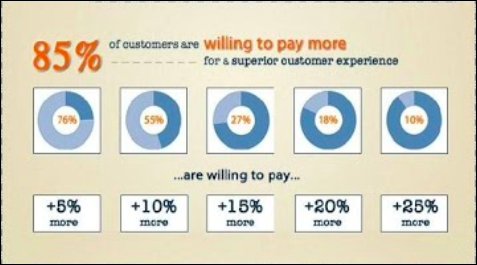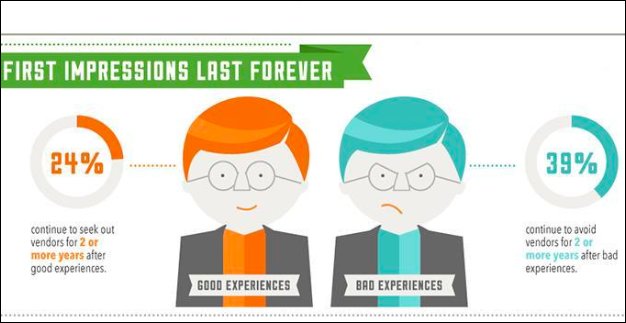Higher buyer expectations and technological advances are largely responsible for the rapid growth of B2B eCommerce – and this boost has been welcomed by the business sphere with open arms. Both business buyers and private consumers are flocking towards the new paradigm of eCommerce, and they in return are demanding the same options and convenience from B2B organizations. By simply providing a business-to-consumer way to buy online, an optimal B2B multichannel selling approach cannot be obtained. Reason being that, B2B selling involves complex processes like promotion based on the needs of the individual business buyer and product offerings.
For B2B Enterprise eCommerce effectiveness, platforms should include these 5 key components:
1. Advanced Configurability
The complexities of B2B online selling translate into customer hierarchies, with differing product configuration and marketing, authorization rules and workflows, product portfolios, purchase authorization rules, contract terms, pricing and multiple payment options. Unique processes and technology capabilities is required for a complicated purchasing environment. The B2B channel to support product configuration and sophisticated pricing requires advanced functionality. To ensure that sales representatives do not spend unnecessary time on internal processes and instead can focus on current and new customer sales, authorized users should have access to the system and be empowered to set business rules, by segment and channels, without the need for IT involvement.
2. Single, Global Platform
B2B enterprises that target multiple markets will likely have sales and marketing strategies that are tailored to local market conditions. This includes pricing and offers that vary by market segments or market segments. A centralized platform should be deployed by organizations that allows for global control of customer order and product information, offering the flexibility to adapt order processes, product information and customer orders according to the preferences of customers in a targeted market.
See also: Are You Making These Enterprise B2B Lead Generation Mistakes?
3. Analytics and Segmentation
A number of B2B organizations dedicate resources to analyzing customer, product and sales data; this enables the B2B seller to develop strategies personalized to each customer’s needs offering product mix and optimal pricing. Conversely, numerous B2B organizations find out that their eCommerce platforms are not fully capable of displaying products and updated prices. If such information is not added in, then all the segmentation efforts and analytics go to waste. To enable guided selling through online channels, an effective B2B eCommerce platform ought to include tools that can execute rules and strategies based on advanced analytics.
4. Sophisticated Workflows
To provide insights into all aspects of the order across channels including automatic notifications to customers regarding their order status, delivery dates for products and services and monitoring of order processes, an effective B2B platform must have capabilities. The eCommerce platform should provide consistent product and order information and should be the single source of truth across divisions, brands and business units.
5. B2C Best Practices
B2C online shopping have changed the expectations of the buyers, and B2B eCommerce platforms thus need to include better product content, dynamic on-site searching, mobile sites and apps, social integration, personalization, user reviews and video. Best practices from the B2C landscape need to be integrated within the rapidly evolving B2B sphere for it to remain effective. This can mean configuring product displays and prices according to a client company’s business rules, permitting the company’s buyers to choose only among approved products and make purchases within spending limits.
B2B organizations have special needs when purchasing online, and these needs should be taken care of apart from the five key components of B2B eCommerce platform.


















